Tue, Dec 21 at 5 PM PST.
Avi Loeb, Professor of Science at Harvard University – Extraterrestrial Life: Are We the Sharpest Cookies in the Jar?
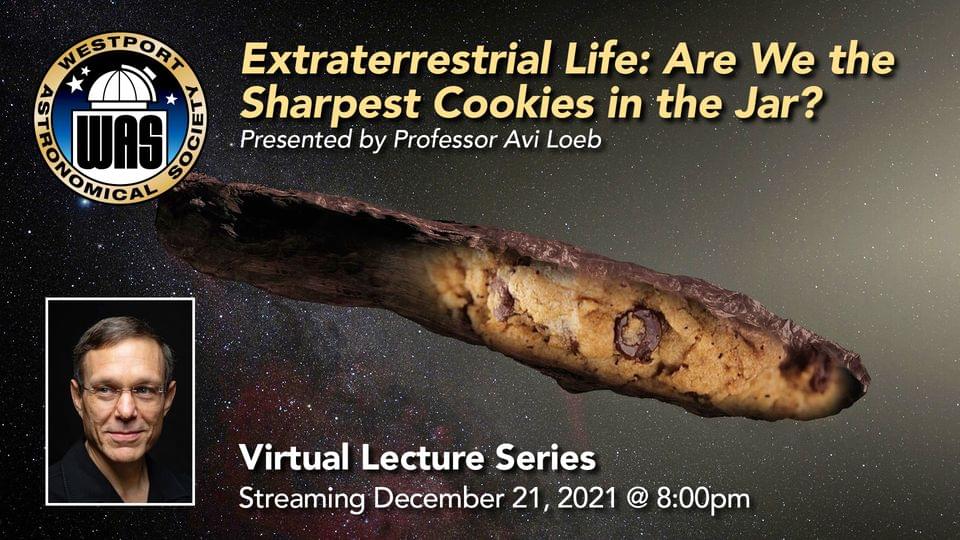
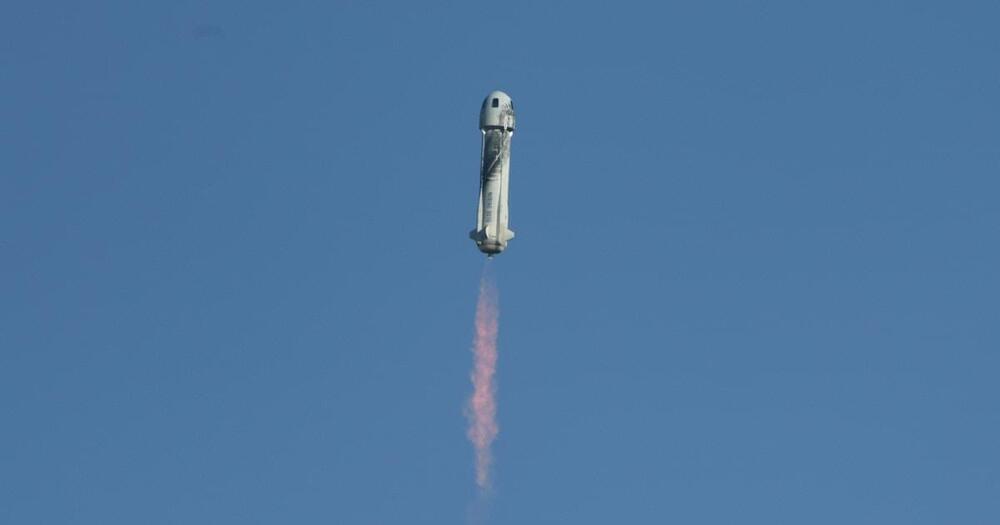
“THE MORE WE TRY TO FORCE EQUALITY, THE MORE WE’RE CREATING A DIVIDE.”
Amy Shira Teitel
And it was male-helmed mega-companies that spurred this surge in space travel. In July, Richard Branson launched himself into suborbital flight on a Virgin Galactic spacecraft. A week later, Jeff Bezos followed suit on a Blue Origin rocket. Elon Musk’s SpaceX launched the first all-civilian space flight in mid-September. Then, Bezos brought sci-fi to life by sending Captain Kirk himself, William Shatner, on a suborbital flight in October.
While women made their own history — as members of the first all-civilian space flight in September, and when Wang Yaping became the first Chinese woman astronaut to do a spacewalk on November 8 — men seemingly remain light years ahead in the gender space race.
Space, inherently, should interest all of us. We are literally made of stardust. There is, very likely, intelligent life elsewhere in the universe. Yet, while space feels deeply compelling to some, for many others it is unrelatable, inaccessible, and irrelevant.

The human and the bird worlds overlap, particularly in cities and suburbs where we have to tolerate each other’s presence. With this in mind, a group of Spanish scientists set out earlier this year to observe whether humans’ changing behavior as a result of the pandemic had affected our feathered friends. Published in the journal Proceedings of the Royal Society B, the researchers’ findings repeatedly surprised them. For one thing, scientists expected birds to be more abundant in urban and town spaces, places that humans were suddenly scarcer in. This proved not to be the case. Yet birds did change their routines in response to humans become quieter. Notably, some species of male birds became louder and more musical, as the reduction of noise pollution allowed them to perform their calls earlier in the day.
It is strange to think that birds live among us, and yet are so alien in their everyday routines and lives. Vinciane Despret — a Belgian philosopher of science and associate professor at the University of Liège — would like to change that with her new book, “Living as a Bird” (translated by Helen Morrison). Opening with observations about a nearby warbling blackbird, Despret immerses readers into the world as it is perceived by those with wings, beaks and talons. While birds of different species will co-exist peacefully during the migratory months of winter, they ostentatiously sing once spring comes and become very aggressive with other birds. To understand both this process and birds’ mindsets more broadly, Despret approaches the subject with the vivid prose of a creative writer instead of the dry, dense verbiage of the detached scientist.
If there is a common theme throughout the book, it is that differences between species (and, for that matter, within the biological sexes in each species) are layered, intersected and rarely as simple as we might prefer to think. Using this understanding as a narrative lens, Despret’s book explores how birds transition from peacefully co-existing during the winter migration to a complex social system in which they sing aggressively, form alliances and behave territorially. Despret told Salon that there were several important lessons she learned about how a bird’s point of view will differ from a human’s. The first involves their perception of time.
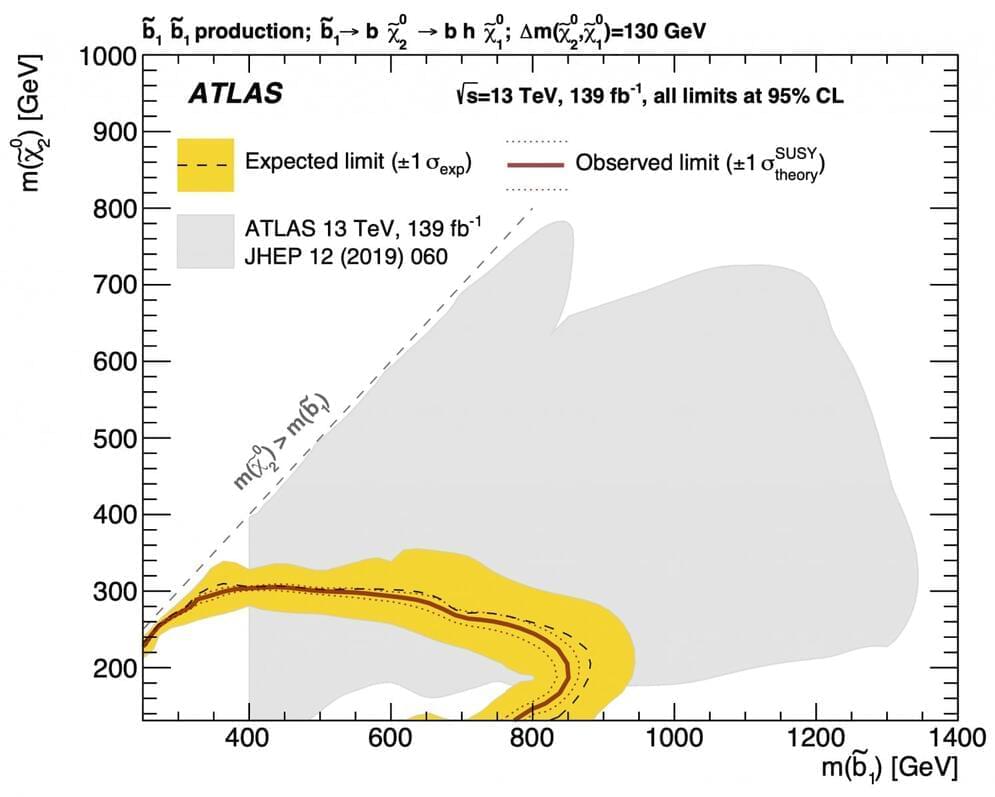
When it comes to quarks, those of the third generation (the top and bottom) are certainly the most fascinating and intriguing. Metaphorically, we would classify their social life as quite secluded, as they do not mix much with their relatives of the first and second generation. However, as the proper aristocrats of the particle physics world, they enjoy privileged and intense interactions with the Higgs field; it is the intensity of this interaction that eventually determines things like the quantum stability of our Universe. Their social life may also have a dark side, as they could be involved in interactions with dark matter.
This special status of third-generation quarks makes them key players in the search for phenomena not foreseen by the Standard Model. A new result released by the ATLAS Collaboration focuses on models of new phenomena that predict an enhanced yield of collision events with bottom quarks and invisible particles. A second new ATLAS search considers the possible presence of added tau leptons. Together, these results set strong constraints on the production of partners of the b-quarks and of possible dark-matter particles.
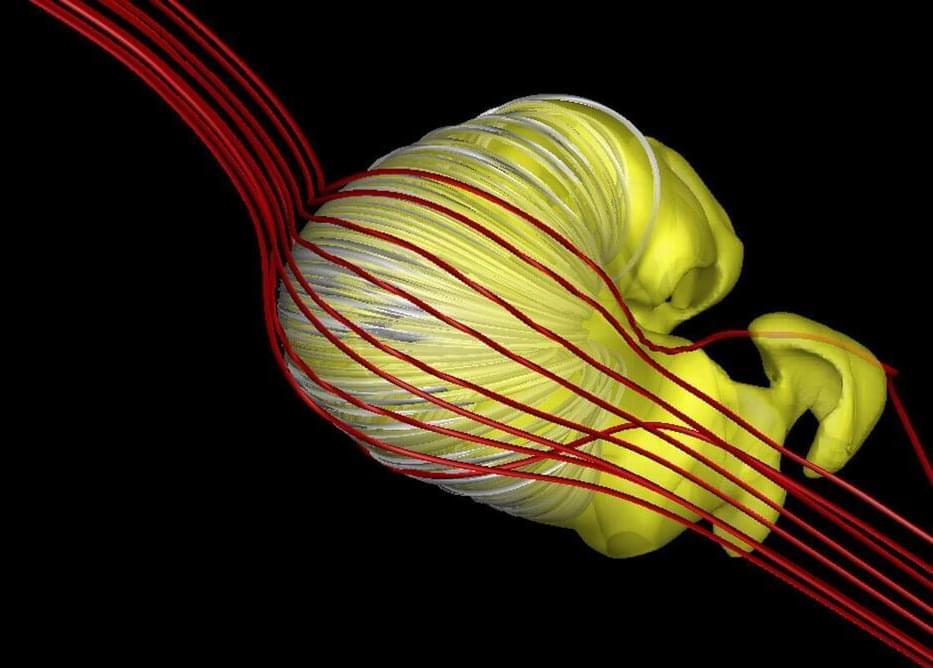
A multi-institutional team of astrophysicists headquartered at Boston University, led by BU astrophysicist Merav Opher, has made a breakthrough discovery in our understanding of the cosmic forces that shape the protective bubble surrounding our solar system—a bubble that shelters life on Earth and is known by space researchers as the heliosphere.
Astrophysicists believe the heliosphere protects the planets within our solar system from powerful radiation emanating from supernovas, the final explosions of dying stars throughout the universe. They believe the heliosphere extends far beyond our solar system, but despite the massive buffer against cosmic radiation that the heliosphere provides Earth’s life-forms, no one really knows the shape of the heliosphere—or, for that matter, the size of it.
“How is this relevant for society? The bubble that surrounds us, produced by the sun, offers protection from galactic cosmic rays, and the shape of it can affect how those rays get into the heliosphere,” says James Drake, an astrophysicist at University of Maryland who collaborates with Opher. “There’s lots of theories but, of course, the way that galactic cosmic rays can get in can be impacted by the structure of the heliosphere—does it have wrinkles and folds and that sort of thing?”
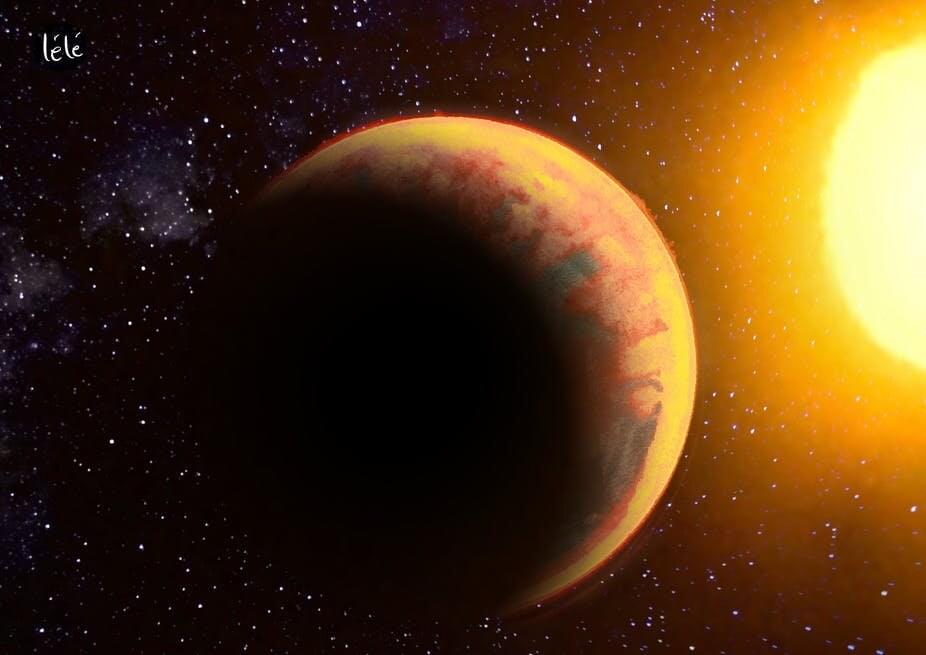
Do you know what the Earth’s atmosphere is made of? You’d probably remember it’s oxygen, and maybe nitrogen. And with a little help from Google you can easily reach a more precise answer: 78% nitrogen, 21% oxygen and 1% Argon gas. However, when it comes to the composition of exo-atmospheres—the atmospheres of planets outside our solar system—the answer is not known. This is a shame, as atmospheres can indicate the nature of planets, and whether they can host life.
As exoplanets are so far away, it has proven extremely difficult to probe their atmospheres. Research suggests that artificial intelligence (AI) may be our best bet to explore them—but only if we can show that these algorithms think in reliable, scientific ways, rather than cheating the system. Now our new paper, published in The Astrophysical Journal, has provided reassuring insight into their mysterious logic.
Astronomers typically exploit the transit method to investigate exoplanets, which involves measuring dips in light from a star as a planet passes in front of it. If an atmosphere is present on the planet, it can absorb a very tiny bit of light, too. By observing this event at different wavelengths—colors of light—the fingerprints of molecules can be seen in the absorbed starlight, forming recognizable patterns in what we call a spectrum. A typical signal produced by the atmosphere of a Jupiter-sized planet only reduces the stellar light by ~0.01% if the star is Sun-like. Earth-sized planets produce 10–100 times lower signals. It’s a bit like spotting the eye color of a cat from an aircraft.
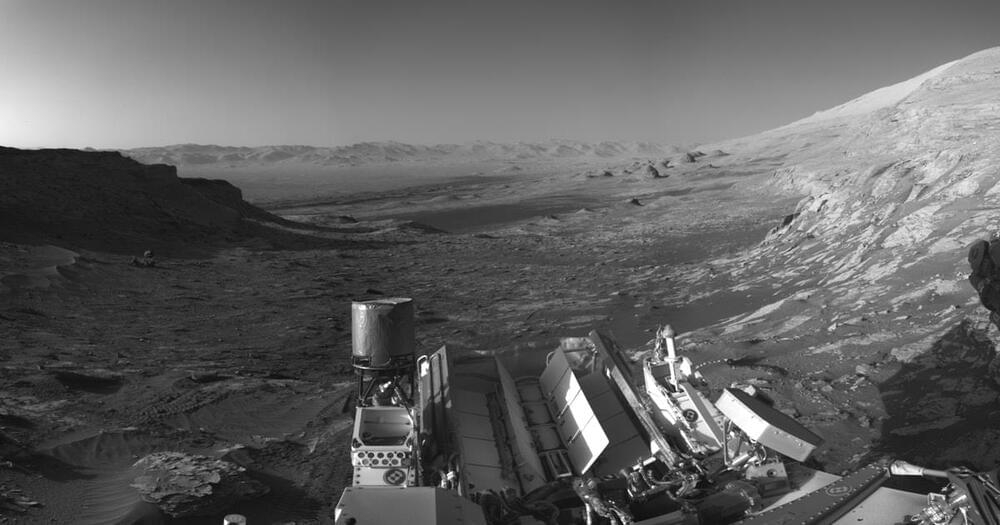
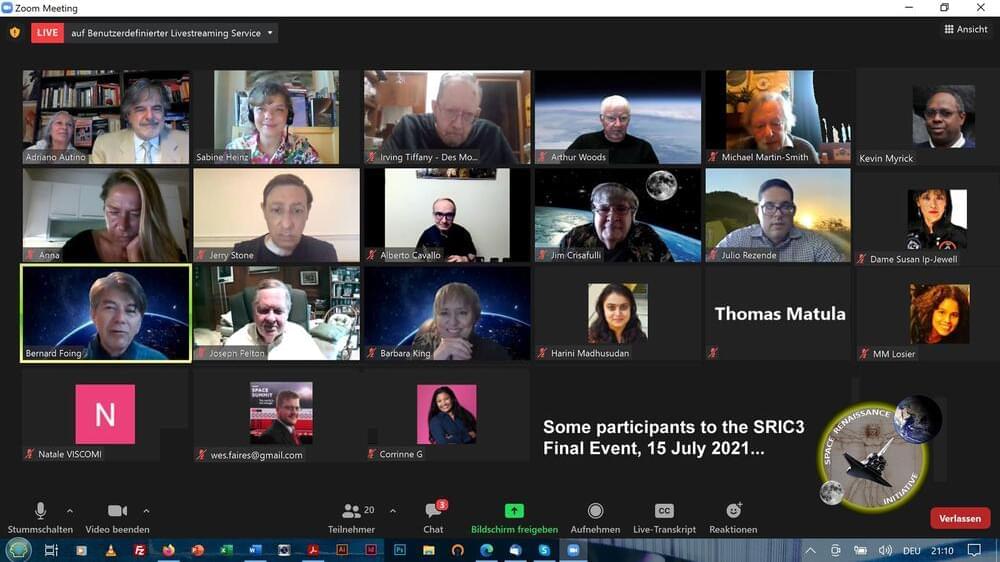
As we are progressing towards the end 2021, let’s summarize what we did and where we are for Space Renaissance International. It was a quite intense and fruitful year.
A first Key Performance Indicator is membership: we have grown more than 110% in membership since November 2020, but we need more registrations, and partnerships! We have a goal for 2021, we are not far from it, and we hope to exceed it within December 20!
**A special invitation for the last event of 2021, December 20th: the Xmas Special meeting with our president Prof. Bernard Foing!** That will be a very special event, where we hope we can celebrate the achievement of our membership goal for 2021! The Zoom meeting will be open to all the SRI Members and invited friends — just registered or going to register during the meeting. During the meeting all the participants will have the possibility to make questions to the SRI President, the Founder and the Board of Directors, about the 2022 program: criticisms and proposals will be welcome.
We are asking each of the SRI members and supporters to assume this priority for the next month: to bring onboard many new members, to celebrate together during the Xmas Special event and exchange season greeting and wishes for a vibrant year 2022 for Space Renaissance International!
Read a summary of the things we made in 2021, and what we’ll make in 2022:
**Join the SRI Crew today!: **https://spacerenaissance.space/membership/international-membership-registration/
Click going to the Xmas Special event:
Watch the newest video from Big Think: https://bigth.ink/NewVideo.
Learn skills from the world’s top minds at Big Think+: https://bigthink.com/plus/
Everything we do as living organisms is dependent, in some capacity, on time. The concept is so complex that scientists still argue whether it exists or if it is an illusion. In this video, astrophysicist Michelle Thaller, science educator Bill Nye, author James Gleick, and neuroscientist Dean Buonomano discuss how the human brain perceives of the passage of time, the idea in theoretical physics of time as a fourth dimension, and the theory that space and time are interwoven. Thaller illustrates Einstein’s theory of relativity, Buonomano outlines eternalism, and all the experts touch on issues of perception, definition, and experience. Check Dean Buonomano’s latest book Your Brain Is a Time Machine: The Neuroscience and Physics of Time at https://amzn.to/2GY1n1z.
TRANSCRIPT: MICHELLE THALLER: Is time real or is it an illusion? Well, time is certainly real but the question is what do we mean by the word time? And it may surprise you that physicists don’t have a simple answer for that. JAMES GLEICK: Physicists argue about and physicists actually have symposia on the subject of is there such a thing as time. And it’s also something that has a traditional in philosophy going back about a century. But, I think it’s fair to say that in one sense it’s a ridiculous idea. How can you say time doesn’t exist when we have such a profound experience of it first of all. And second of all we’re talking about it constantly. I mean we couldn’t get, I can’t get through this sentence with out referring to time. I was going to say we couldn’t get through the day without discussing time. So, obviously when a physicist questions the existence of time they are trying to say something specialized, something technical. BILL NYE: Notice that in English we don’t have any other word for time except time. It’s unique. It’s this wild fourth dimension in nature. This is one dimension, this is one dimension, this is one dimension and time is the fourth dimension. And we call it the fourth dimension not just in theoretical physics but in engineering. I worked on four dimensional autopilots so you tell where you want to go and what altitude it is above sea level and then when you want to get there. Like you can’t get there at any time. GLEICK: Einstein or maybe I should say more properly Minkowski, his teacher and contemporary, offers a vision of space-time as a single thing, as a four dimensional block in which the past and the future are just like spatial dimensions. They’re just like north and south in the equations of physics. And so you can construct a view of the world in which the future is already there and you can say, and physicists do say something very much like this, that in the fundamental laws of physics there is no distinction between the past and the future. And so if you’re playing that game you’re essentially saying time as an independent thing doesn’t exist. Time is just another dimension like space. Again, that is in obvious conflict with our intuitions about the world. We go through the day acting as though the past is over and the future has not yet happened and it might happen this way or it might happen that way. We could flip a coin and see. We tend to believe in our gut that the future is not fully determined and therefore is different from the past. DEAN BUONOMANO: If the flow if time, if our subjective sense of the flow of time is an illusion we have this clash between physics and neuroscience because the dominant theory in physics is that we live in the block universe. And I should be clear. There’s no consensus. There’s no 100 percent agreement. But the standard view in physics is that, and this comes in large part from relativity, that we live in an eternalist universe, in a block universe in which the past, present and future is equally real. So, this raises the question of whether we can trust our brain to tell us that time is flowing. NYE: In my opinion time is both subjective and objective. What we do in science and engineering and in life, astronomy, is measure time as carefully as we can because it’s so important to our everyday world. You go to plant crops you want to know when to plant them. You want to know when to harvest them. If you want to have a global positioning system that enables you to determine which side of the street you’re on, from your phone you need to take into account both the traditional passage of time that you might be familiar with watching a clock here on the Earth’s surface, and the passage of time as it’s affected by the… Read the full transcript at https://bigthink.com/videos/does-time-exist

It’s almost Time to use our AI Brothers to search for and Welcome our Space Brothers. Welcome AI and Space friends.
The best public policy is shaped by scientific evidence. Although obvious in retrospect, scientists often fail to follow this dictum. The refusal to admit anomalies as evidence that our knowledge base may have missed something important about reality stems from our ego. However, what will happen when artificial intelligence plays a starring role in the analysis of data? Will these future ‘AI-scientists’ alter the way information is processed and understood, all without human bias?
The mainstream of physics routinely embarks on speculations. For example, we invested 7.5 billion Euros in the Large Hadron Collider with the hope of finding Supersymmetry 0, without success. We invested hundreds of millions of dollars in the search for Weakly Interacting Massive Particles (WIMPs) as dark matter 0, and four decades later, we have been unsuccessful. In retrospect, these were searches in the dark. But one wonders why they were endorsed by the mainstream scientific community while less speculative searches are not?
Consider, for example, the search for equipment in space from extraterrestrial civilizations. Our own civilization launched five interstellar probes. Moreover, the Kepler satellite data revealed that a substantial fraction of all Sun-like stars have an Earth-sized planet at the same separation. Given that most stars formed billions of years before the Sun, imagining numerous extraterrestrial probes floating in interstellar space should not be regarded as more speculative than the notions of Supersymmetry or WIMPs.